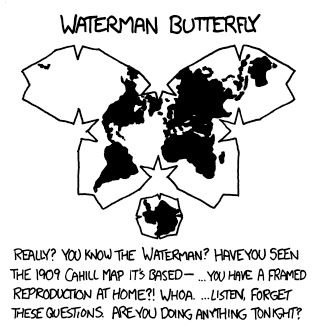

people didn’t react negatively to this because literally everyone in the country has been negatively affected by people like that CEO.
Also outside the US country. I’m Brazilian, I’ve been following the news about this event, and I can’t help but notice there’s a hope inside me that this event could somehow result in CEOs all around the world (especially in the southern hemisphere) changing and ditching their greed. Well, of course it’s very unlikely to happen, maybe I have some tiny optimistic side buried under tons of massive pessimism of mine.










Do they, though?
How many people can stop for some moment and think “Yeah, this thing called existence seems so bizarre… Maybe this spoon I’m holding right now actually doesn’t exist?” on their own?
People wake up and rush in an exhausting day-to-day stuff, until they sleep to rest for another busy day. People’s minds are constantly flooded with mundane stuff. For many, many people, it’s mundanely impossible to have some spare time to stop and come to realize that there’s no “real”.
But when a person did come to that conclusion, even when they aren’t so dedicated to keep questioning the conundrums of existence, they can’t plant The Seed of Doubt inside the minds of others, because, as mentioned before, the other people are too busy to listen to something that won’t really help but make them gaze into the depths of the abyss and be gazed back in a wonderful yet painful connection with the primordial chaos filling the emptiness of every single atom.
So, the “creators” of this “simulation” (actually I believe there is something more complex to be nominated, it has to do with too-long-to-describe cosmic principles all the way to the aeternal interplay between primordial order and primordial chaos) don’t need to “disallow/prohibit” the pondering and speculation of the nature of the existence, the constant bodily and mundane call for survival makes it impossible to have a time and space for those questions to happen, and those who have will simply have no means to effectively spread the act of their own questioning.